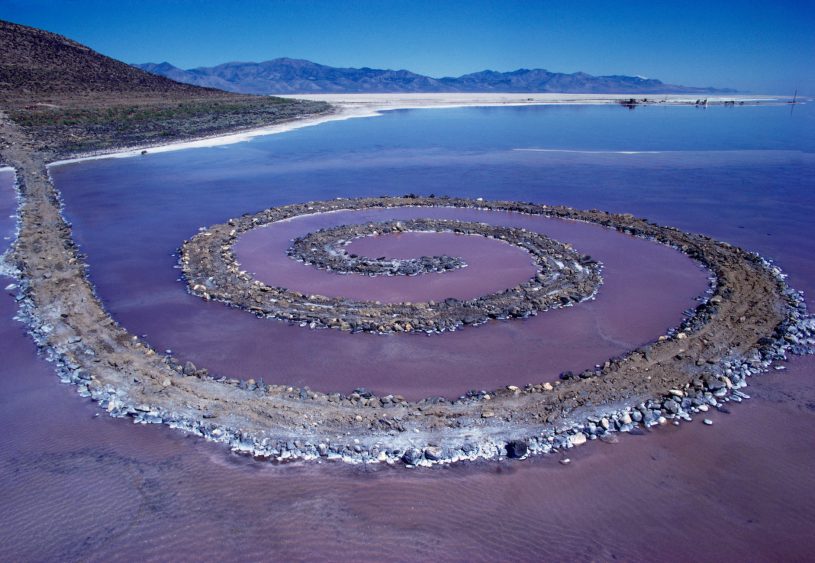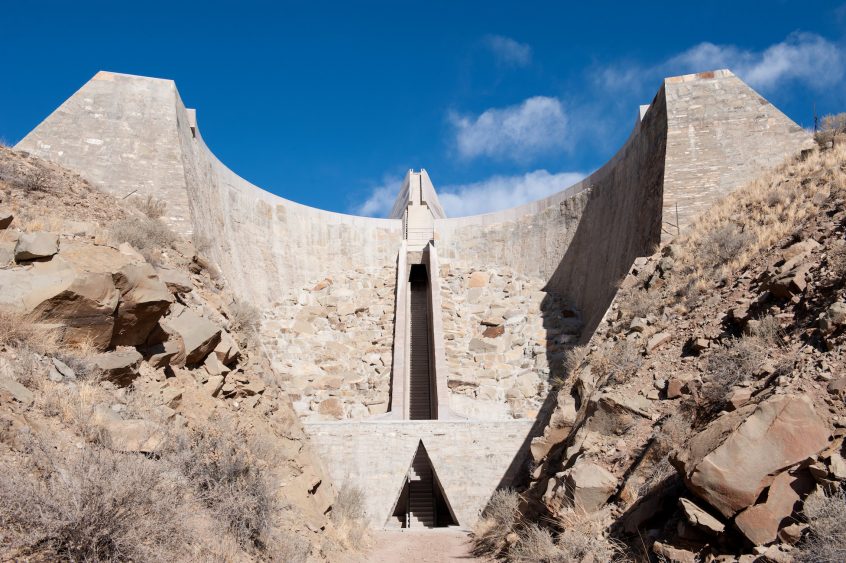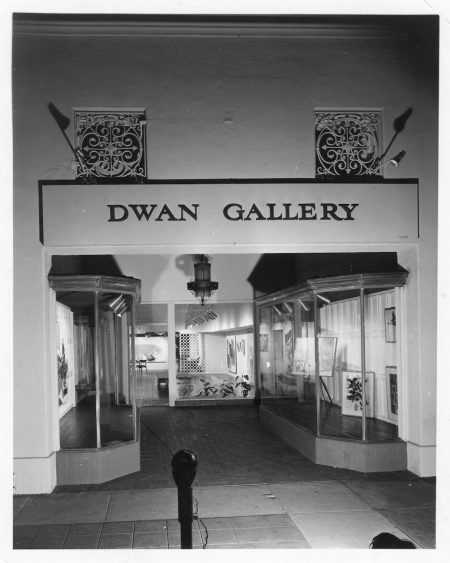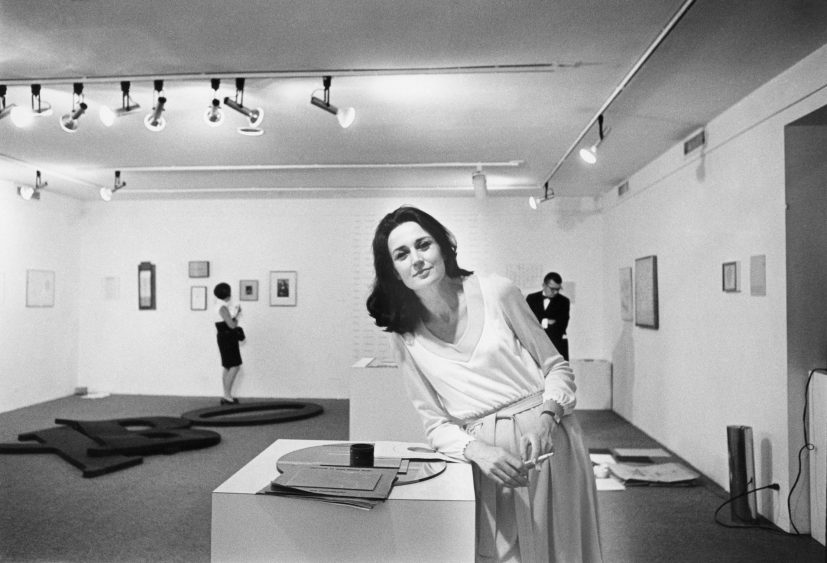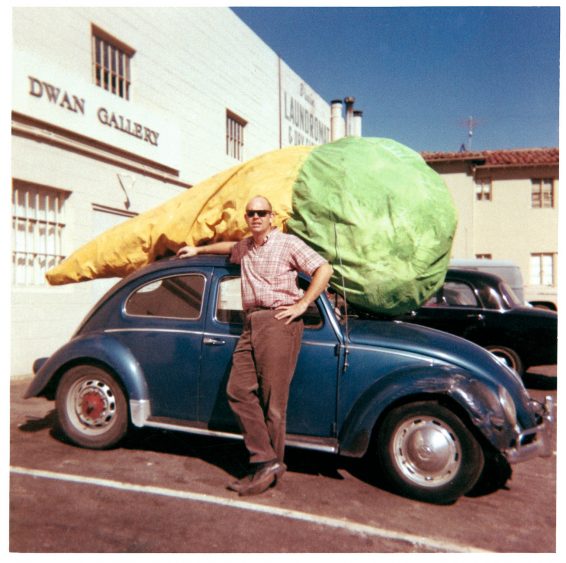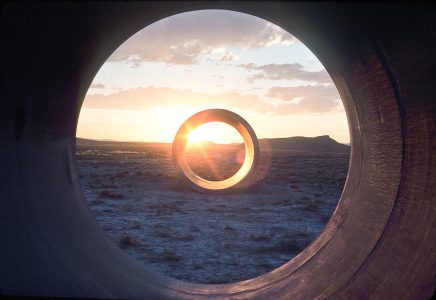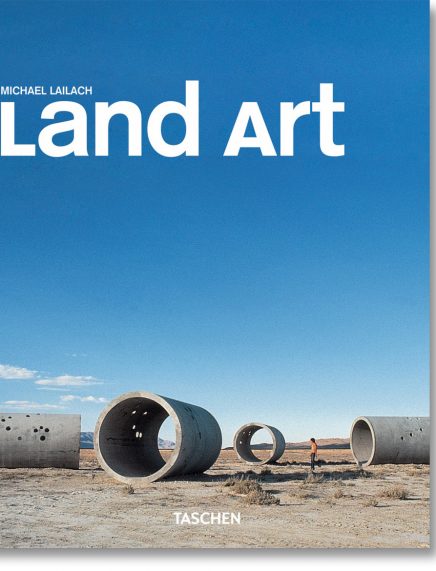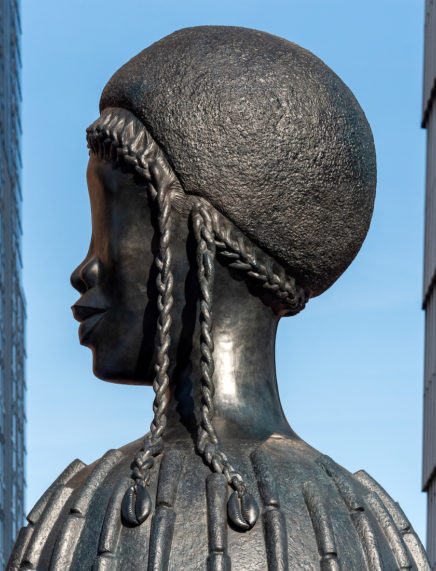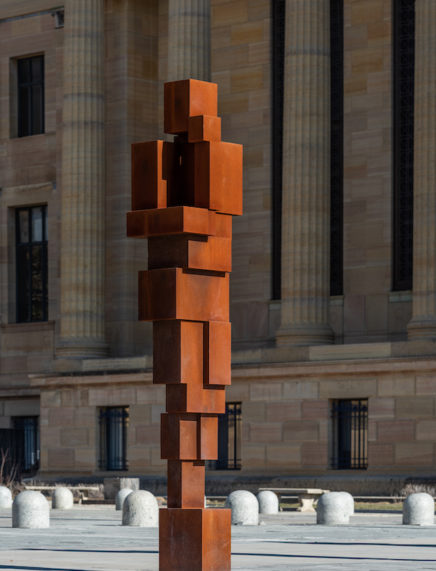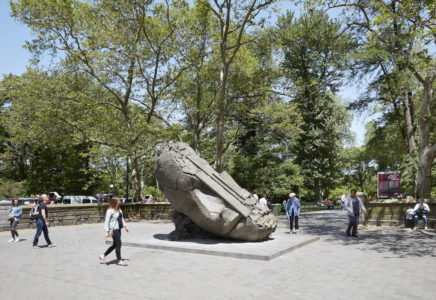Breaking Through the Canon, Breaking Through the Gallery Wall
On March 13th, 2017 the New York Times announced that Robert Smithson’s Spiral Jetty was named an official State work of art by Utah. Very few could have been more proud and overjoyed about this news than Virginia Dwan, a woman whose history was largely overlooked for a long time.
It’s been almost sixty years ago that Dwan, at the age of 28, opened her first gallery in a storefront in Westwood, Los Angeles. Her artist roster consisted of mostly New York based artist apart from Edward Kienholz, the only local artist showing at the gallery. A few moves and a considerable list of groundbreaking exhibitions (134 in total!) later, all packed into a dense twelve years, in 1971 she closed the gallery but her efforts to support artists has never ceased. Her patronage that has started during the active years of her gallery by providing artists with stipends, studio spaces and housing, has continued later by providing essential funds for large scale land artworks.
Despite those accomplishments, she and her gallery received relatively little attention from art historical scholarship until very recently. The exhibition Los Angeles to New York: Dwan Gallery, 1959–1971, on view at LACMA until September, was organized by James Meyer, curator of modern art at the National Gallery of Art in honor of Dwan’s generous gift of 250 artworks to the museum.
In 1959, the same year Dwan opened her gallery, the jet airplane came into major use for commercial passengers allowing a more active exchange between the West and the East Coast of the United States as well as Western Europe. This advancement in air traffic had a major impact on the art world. Cultural exchange became easier, allowing Dwan, among others, to more efficiently commute between those locations and to nurture growing inter-coastal and international relations. This link determined the Dwan gallery’s fate and soon enough, in 1965, Dwan opened another gallery on 57th Street in New York. Today, we take it for granted that most prominent gallery’s have a space both in LA and New York but its little known that the Dwan Gallery pioneered this model along with Marlborough gallery back in the 1960s.
In both cities, Dwan presented not one but many prominent exhibitions that changed the artistic discourse. Artworks that are considered masterpieces of the 20th century today were premiered within the walls of – and later outside of its walls but closely linked to – the gallery. In 1962, the gallery mounted one of the first pop art exhibitions in the US and in 1968 the legendary Earthworks exhibition opened in New York marking not only a new era but a paradigm shift in art history.
Departing from conventional painting shows – mostly by American Abstract Expressionists and French Nouveau Realists -, and after premiering important minimalist installations, the Dwan gallery’s most remarkable accomplishment was to launch the entire Land Art movement in the 1970s. Dwan, through her patronage was, and still is today, the main facilitator of major earth works. After the first steps – that entailed relocating earth (soil) into the gallery space, like “Non-sites” (Pine Barrens)” by Robert Smithson (1967), the artists soon left the gallery space – with its commercial connotations – and ventured out into the open landscape.
The breakthrough, or the “crack”, started to happen even a few years earlier. In 1962, one of the Dwan Gallery’s regular collectors, Michael Blankfort commissioned Yves Klein’s Transfer of “Zone de sensibilité picturale immaterielle” to Michael Blankfort, Pont au Double, Paris, February 10, 1962, a happening that consisted of Klein signing a receipt and throwing gold pieces into the Seine. This ephemeral artwork that involved the urban landscape of Paris can be viewed as a conceptual proto-Land art piece the documentation of which is part of the current show at LACMA, in the form of four black and white photographs.
Four years later, in 1966, New York based artist William Anastasi created his seminal piece Issue, a site-specific work that was first shown at the Dawn Gallery. Anastasi gauged a floor-to-ceiling strip of plaster from the wall, a simple and poetic act that is tempting to be viewed as the next step in the gradual process of “breaking through”.
From here and from the first Earthworks show, it was only one big leap that took art outside of the commercial galleries’ walls, at least temporarily. In 1969, Michael Heizer created Double Negative in Nevada. In 1970, Smithson built the Spiral Jetty in Great Salt Lake, one of the most iconic examples of Land Art. In 1971, Charles Ross started to build Star Axis that is still ongoing today. All of them made possible by the support of a modern day patron, Virginia Dwan, who is quietly and consistently stayed in the background until now. This exhibition and its catalogue, along with a newly published Virginia Dwan: Dwan Gallery by Germano Celant, brings to light this overlooked segment of art history and honors another woman’s achievements in the post-war Avantgarde.
Los Angeles to New York: Dwan Gallery, 1959–1971
March 19–September 10, 2017
Resnick Pavilion, LACMA
